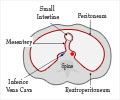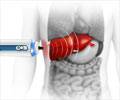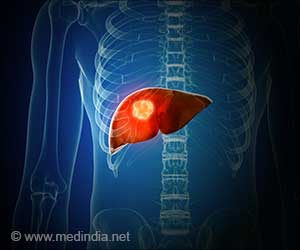Researchers have used computer simulations to discover a key molecular mechanism that might be responsible for the development of cystic fibrosis.
Researchers at the University of North Carolina at Chapel Hill have used computer simulations to discover a key molecular mechanism that might be responsible for the development of cystic fibrosis.
The findings of this study, led by Nikolay Dokholyan, may provide additional knowledge to understand the development of this disease and may also help in developing new corrective treatments for the same.The disease, Cystic fibrosis (CF) is known to be fatal and is caused by a defective gene that produces a distorted form of the cystic fibrosis transmembrane conductance regulator (CFTR) protein. Those who have cystic fibrosis are short of CFTR for normal working of their cells because their bodies quickly destroy the mutant protein. This protein deletion specifically occurs in a major section of CFTR called NBD1.
It has been shown in earlier studies that the mutant NBD1 has an increased tendency to misfold, that may cause premature degradation of CFTR. According to Dokholyan, in CF, the molecular basis of this increased misfolding tendency has remained elusive.
“Understanding molecular etiology of the disease is a key step to developing pharmaceutical strategies to fight this disease,” said Dokholyan.
The researchers used molecular dynamics simulations to perform extensive simulations of how normal and mutant NBD1 folded. Molecular dynamics simulation is similar to a “virtual experiment” in which atoms and molecules are made to evolve according to known physical laws.
This virtual experiment enabled the researchers to view how atoms actually move by using computers. When applied to the NBD1 protein, these simulations showed that the disease-causing mutant displayed a higher misfolding tendency.
Advertisement
“Computer simulations approximate our understanding of natural phenomena. That our simulations correlated with known experimental studies is remarkable. More importantly, the molecular details of aberrant NBD1 folding provides guidance for the design of small molecule drugs to correct the most prevalent and pathogenic mutation in CFTR,” said Dokholyan.
Advertisement
Source-ANI
SRM/V









